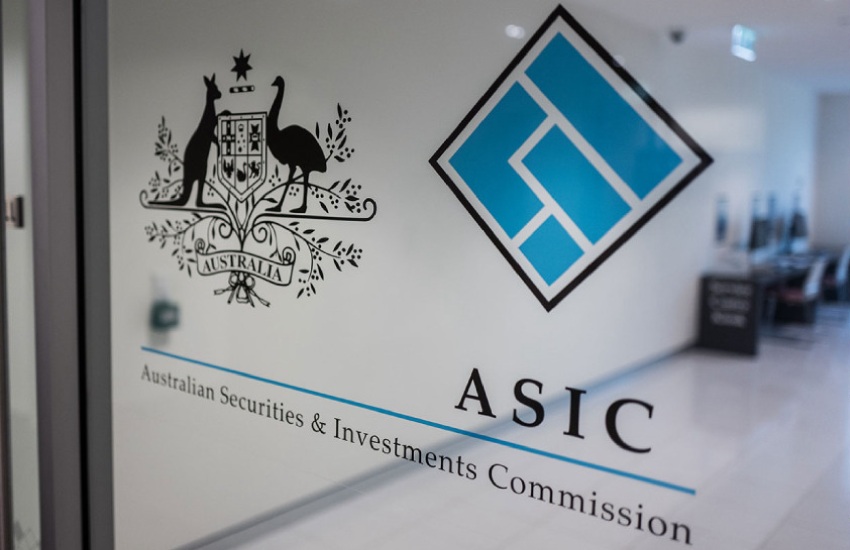Nation’s largest auditors come forward with audit quality results
BusinessThe six largest audit firms have now disclosed their individual firms’ audit results in relation to ASIC’s inspection findings despite displeasure with the corporate regulator’s random selection process.

Yesterday, Accountants Daily revealed the individual audit results of PwC, KPMG, EY and BDO after ASIC had released the aggregated result of the six largest firms earlier in the year.
Deloitte and Grant Thornton have now similarly followed suit in revealing their individual results, with ASIC finding that in 32 per cent of key audit areas reviewed, they considered that the big four firm did not obtain reasonable assurance that the financial report was free from material misstatement; it was 20 per cent for Grant Thornton.
This compares to 24 per cent across the whole industry and 20 per cent at the six largest firms in Australia for the 18 months to 30 June 2018.
While ASIC has stressed that its inspections were focused on higher risk audit areas, including accounting estimates, such as impairment of assets and accounting policy choices such as revenue recognition, and should not be generalised across the entire audit market, the larger firms have voiced their displeasure at the current approach.
“ASIC’s risk-based approach to selecting audit files and areas for review is not statistically representative, and we have previously put on record that we believe a focus on longer-term performance is a more indicative measure,” said Deloitte audit and assurance managing partner Jamie Gatt.
“In the most recent inspection, we note that ASIC had no findings in respect of our work with the ASX 100 and the rate of findings for our work in the ASX 300 was 11 per cent.
“We perform annually in excess of 2,500 audits, and ASIC’s review of 44 areas in 12 of these audits had findings in 14 areas, most of which related to our very small listed clients.”
Likewise, Grant Thornton national managing partner Andrew Rigele said that ASIC’s inspection program did not fairly represent a firm’s overall audit quality and that changes were needed to accurately track audit quality across all firms.
“We believe that ASIC should not only publish the percentages but also be more transparent in providing detailed information relevant to the calculation of these percentages, such as number of files reviewed for each firm and basis of sample selection,” Mr Rigele said.
“We also believe that some changes to the methodology and process of ASIC’s inspection program are required to ensure consistency and comparability, leveraging best practice from the inspection programs of regulators in other jurisdictions.”
A new measure to generate results which are comparable over time to reflect changes in audit quality has been mooted by the Joint Committee on Corporations and Financial Services, who previously expressed concern about the “deep-rooted problems in the audit market”.
CA ANZ reporting and assurance leader Amir Ghandar had previously told Accountants Daily that ASIC’s inspection program was meant to continually raise the bar for audit quality and was not necessarily about reaching a zero per cent fault rate.
“ASIC is a tough marker but they should be because it is about pushing audit quality in the right direction and always striving to get better,” Mr Ghandar said.
“It is not about the process going towards zero, and you would want to look a little closer if you found that the result was zero, because you’re really supposed to identify where there is a need for improvement and highlighting the risk areas and issues and promoting that continuous improvement just like any other type of inspection or oversight process.
“When you go back to when the inspections program started, the bar goes up each time, so the program is designed to find those files that have issues. The value is that it gives you insights that are then used by the profession, auditors, audit committees and other stakeholders to push it towards constant improvement of quality.”



